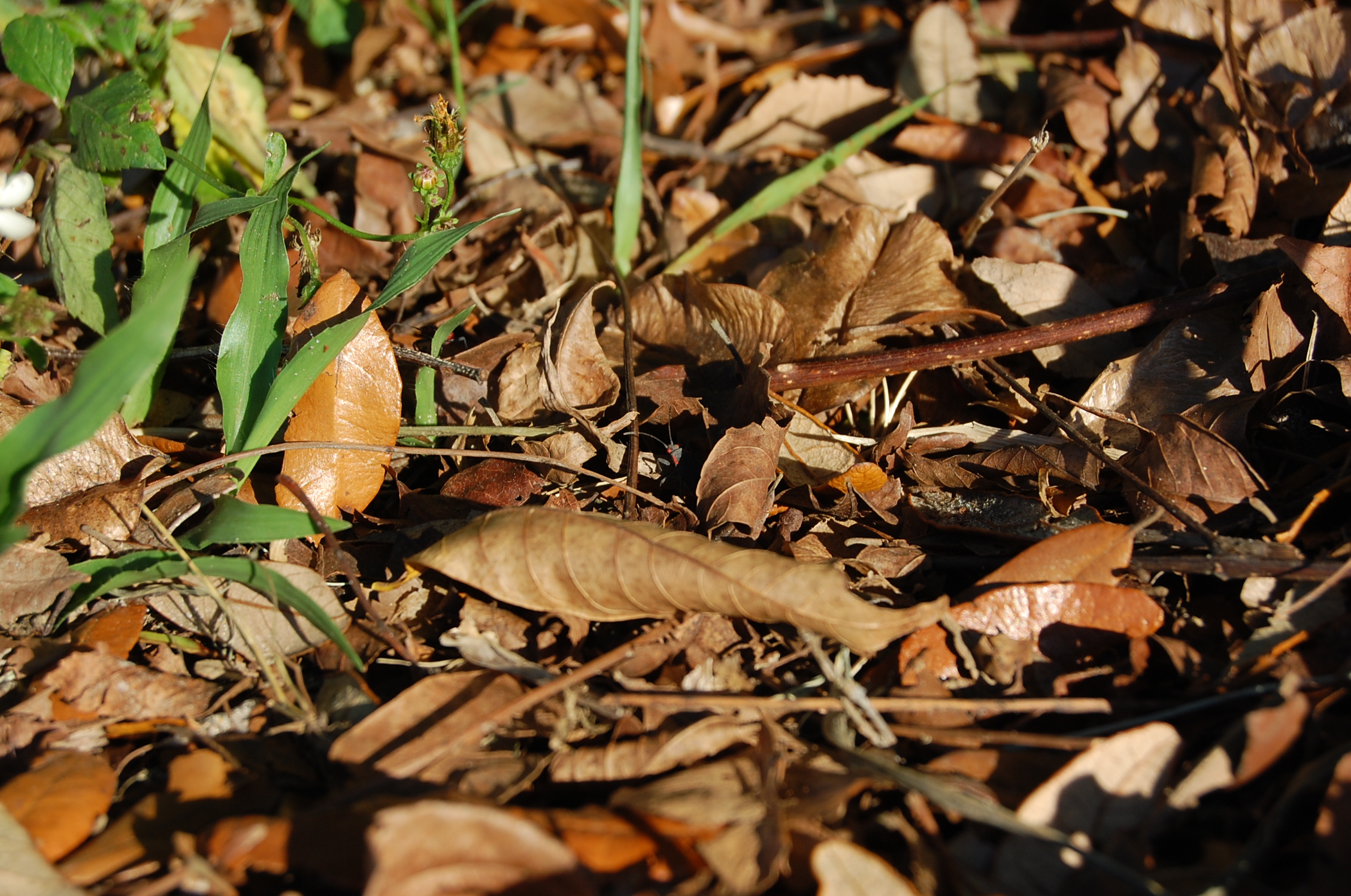Let’s take a moment to define a term that’s used frequent on this site. A host plant is a plant that supports the existence of another organism. Typically we’re referring to insects that feed on some part of the plant.

These many be pests that might eventually weaken or even kill the plant, or they could be mutually beneficial. In the tropics, many plants grow special structures that feed or shelter ants. In exchange the ants protect their host from other animals that might cause it more serious harm.
So, how do you determine the host plant for an insect?

This isn’t always easy. Some insects simply don’t feed on plants. Insects with large eyes or mandibles are often predatory. Some insects on a plant may simply be passing by. Host plants will often harbor many insects of the same species at once, and that can reveal a host-insect association. Of course, the best evidence is to find insects actively eating a plant, its seeds, or its fruit.
Why are host plants important?
Plants and animals of different species often influence each others’ reproductive success. Predation-prey relationships are a simple example of this. Owls with keener eyesight are more successful at catching mice, and so they produce more chicks. In this way, over time, the owl population evolves more acute vision. Mice on the other hand will go unnoticed and leave more pups if their coat color blends into the color of the ground. So over time, mouse populations will evolve more cryptic coat colors.
Insects, such as soapberry bugs, also co-evolve with their prey, even if it’s a plant. Balloon vine seeds stand a better chance of germinating if they’re are able to mature without being feed on by bugs. Balloon vine plants with a large seedpod give their seeds some extra time, and so presumably they have left more offspring than vines with smaller pods. Bugs on the other hand will presumably produce more offspring if they can get earlier access to immature seeds. Bugs with longer beaks can reach seeds in the balloon vine pods earlier than others with shorter beaks. In this way, soapberry bugs are thought to have co-evolved with their host plant.
Now, what happens when new plants and animals are mixed up in the environment? Co-evolved features, like the length of a bug’s beak may not be suited to feeding on a new plant. It may be not quite long enough, or it may be longer than needed. In either case, features will have different optimal values. And new species interactions will drive each partner to new evolutionary territory. This is why we’re particularly interested to know which host plants are associated with specific insects.




